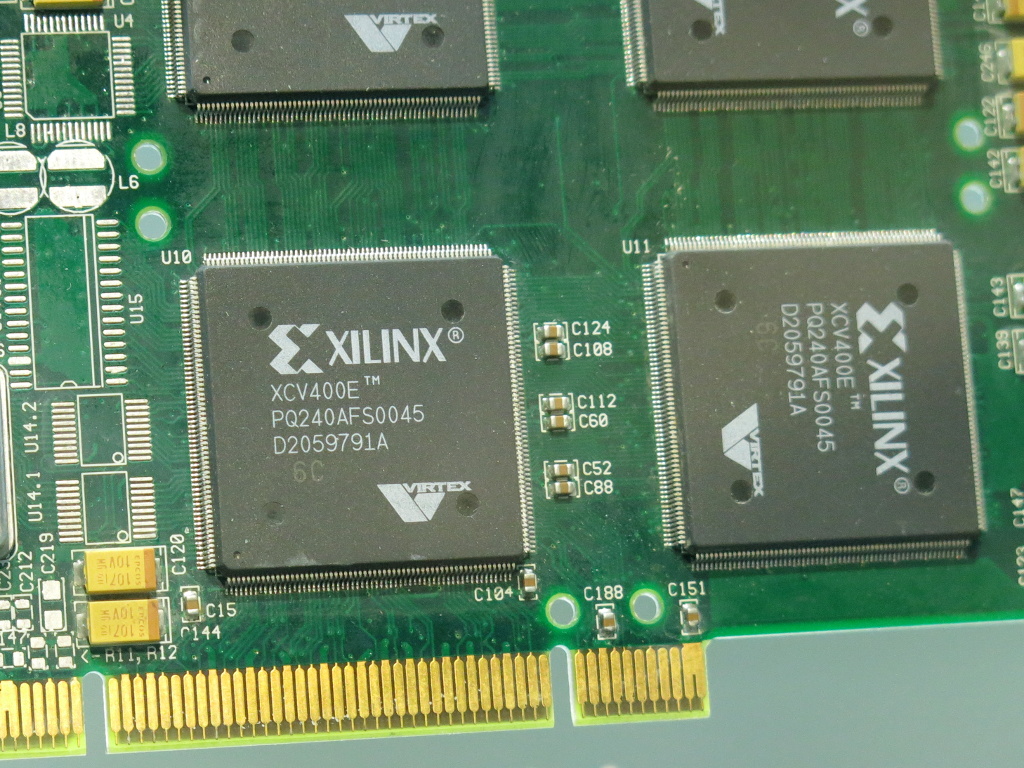Have you ever heard someone talk about an FPGA? If so, then this will explain what they were talking about. FPGA stands for field programmable gate array. An FPGA is an integrated circuit made out of a semiconductor, where the user can reconfigure the logic multiple times after manufacturing to meet their requirements. This property makes them very different from application-specific integrated circuits (ASICs) because ASICs can only do the specific task they were designed for.
One question you might be having is, how do they work? Their construction is built upon a matrix of configurable logic blocks (CLBs) joined together via multiple programmable interconnects. This design allows them to be changed to do anything the user needs it to do.
We now know that FPGAs have programmable interconnects. But how do we code one, you might ask? You can program an FPGA using hardware description language (HDL). HDL describes what an integrated circuit does, and is like a blueprint for it. A couple of common HDLs are Verilog and VHDL. VHDL stands for VHSIC (Very high-speed integrated circuit) hardware description language. One main difference between the languages is that Verilog is easier to use, but VHDL is better at describing what it does.
FPGAs were first introduced in the 1980s to offer makers the ability to create custom logic, around the late 1990s began to become more popular, and after the year 2000, they started to appear in more places than before.
They are commonly used in a wide array of applications, some of these include:
- ASIC production: their ability to rapidly change can help with the prototyping and testing of ASICs
- Automotive: they can be used to adapt and operate safety features, infotainment systems, and other features
- Data centers: being able to “evolve” the servers instead of buying new servers, as well as the ability to parallel process
- Any others: any other use cases that require the unique abilities of an FPGA
RELATED STORIES:
https://www.xilinx.com/products/silicon-devices/fpga/what-is-an-fpga.html
https://www.latticesemi.com/en/What-is-an-FPGA
https://www.spiceworks.com/tech/networking/articles/what-is-fpga/
https://learn.sparkfun.com/tutorials/how-does-an-fpga-work/all
TAKE ACTION:
https://www.amazon.com/FPGA-Boards/s?k=FPGA+Boards
https://www.adafruit.com/category/69






